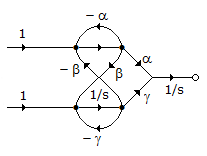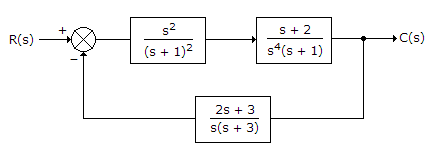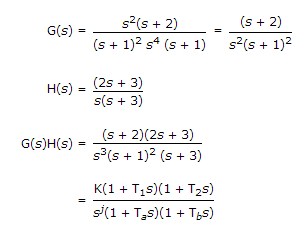Electronics and Communication Engineering - Exam Questions Papers
Exercise : Exam Questions Papers - Exam Paper 6
- Exam Questions Papers - Exam Paper 12
- Exam Questions Papers - Exam Paper 22
- Exam Questions Papers - Exam Paper 21
- Exam Questions Papers - Exam Paper 20
- Exam Questions Papers - Exam Paper 19
- Exam Questions Papers - Exam Paper 18
- Exam Questions Papers - Exam Paper 17
- Exam Questions Papers - Exam Paper 16
- Exam Questions Papers - Exam Paper 15
- Exam Questions Papers - Exam Paper 14
- Exam Questions Papers - Exam Paper 13
- Exam Questions Papers - Exam Paper 1
- Exam Questions Papers - Exam Paper 11
- Exam Questions Papers - Exam Paper 10
- Exam Questions Papers - Exam Paper 9
- Exam Questions Papers - Exam Paper 8
- Exam Questions Papers - Exam Paper 7
- Exam Questions Papers - Exam Paper 6
- Exam Questions Papers - Exam Paper 5
- Exam Questions Papers - Exam Paper 4
- Exam Questions Papers - Exam Paper 3
- Exam Questions Papers - Exam Paper 2
36.
The amplitude modulated wave is given by __________ e = 25(1 + 0.7 cos 5000t - 0.3 cos 1000t) x sin 5 x 106t The amplitude of carrier and sideband frequencies in magnitudes are
Answer: Option
Explanation:
Modulation index is 0.7 and 0.3 so that amplitude of signal is 0.7 x 25 = 17.5 and 0.3 x 25 = 7.5
On modulation the sideband amplitude is  .
.
Hence 8.75 and 3.75 
37.
A signal flow graph of a system is given below

The set of equations that correspond of this signal flow graph is

The set of equations that correspond of this signal flow graph is
Answer: Option
Explanation:


 .
.
38.
(11)2 + (11)3 = (11)?
Answer: Option
Explanation:
(11)2 + (11)3 = 3 + 4 = 7 and
(11)6 = 61 + 60 = 6 + 1 = 7.
39.
If h1[n] = 3δ[n] + δ[n - 1], h2[n] = 2δ[n] + δ[n - 2]
h3[n] = δ[n] - 3δ[n - 1] + 7δ[n - 4] + 6δ[n - 6]
h[n] = h1[n] * h2[n] + h3[n] * h1[n] has value
h3[n] = δ[n] - 3δ[n - 1] + 7δ[n - 4] + 6δ[n - 6]
h[n] = h1[n] * h2[n] + h3[n] * h1[n] has value
Answer: Option
Explanation:
h1[n] * h2[n] + h3[n] * h1[n] = h1[n] * (h2[n] + h3[n])
Distributive property for convolution,
(h2[n] + h3[n]) = 3δ(n) - 3δ(n - 1) + δ(n - 2) + 7δ(n -4) + 6δ(n - 6) then h1(n) * (h2(n) + h3(n))

{9, - 6, 0, 1, 21, 7, 18, 6}.
40.
The feedback control system shown in the given figure represents


Answer: Option
Explanation:

j gives type of system
j = 3
∴ given system is type 3 system.
Quick links
Quantitative Aptitude
Verbal (English)
Reasoning
Programming
Interview
Placement Papers



